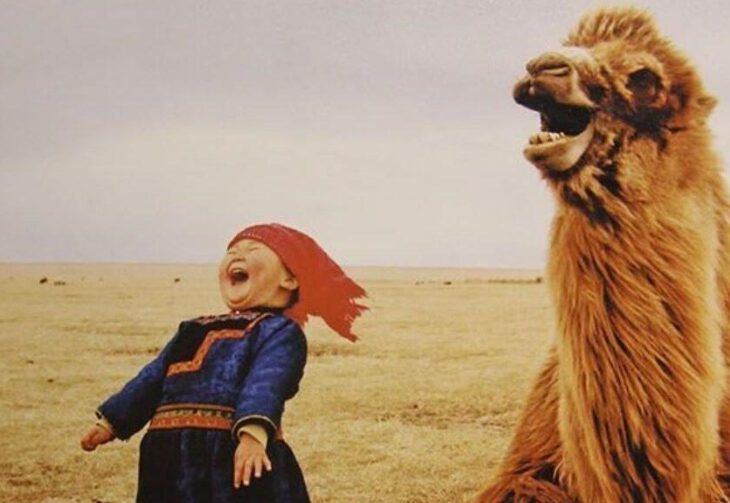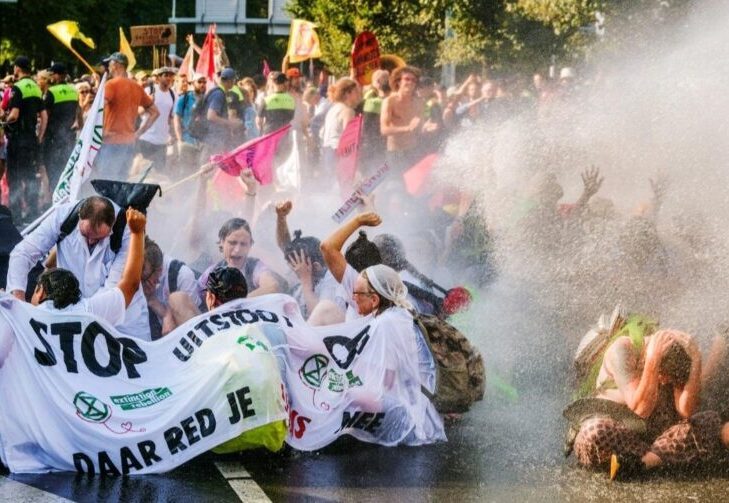Sessions
I offer you a space where you can express what you feel be true, where you can say out loud what so far has remained unsaid and where you can practice finding new ways in connecting to yourself. Together we look at what your question is, what moves you, what you desire, what hinders you and especially what helps you. In some sessions we spar, in others we support and above all we deepen.
Conscious embodiment and connection with ourselves and others happens through experiencing. I therefore combine top-down and bottom-up approaches. A top-down approach starts with thoughts and emotions. A bottom-up approach begins with the body, felt sensations, and instinctive reactions. In body-centered sessions we talk, and we take body signals serious to find access where no words are.
A session is a creative proces we shape together and which is also informed bij knowledge and science. The effective ingredient is safety in contact. People change through moments of meeting; we develop and grow when we feel seen and met. A first session is meant to find out if there is enough safety in the contact between us.









